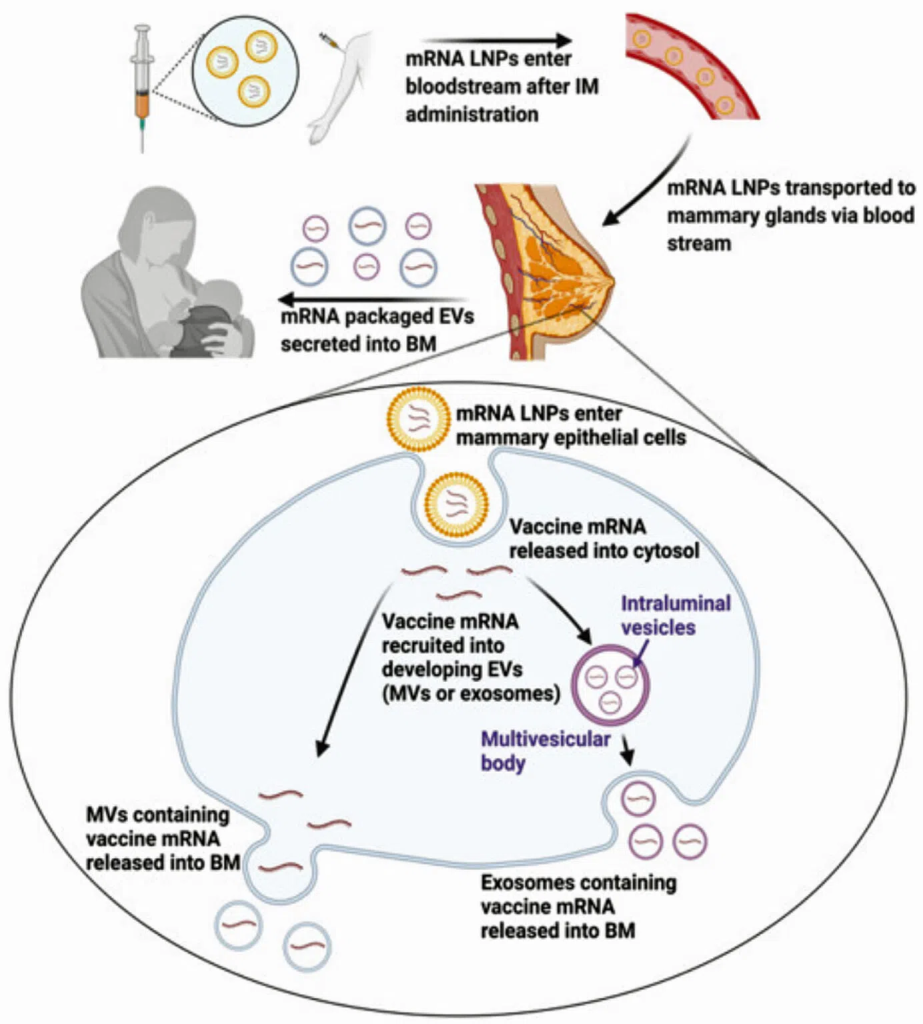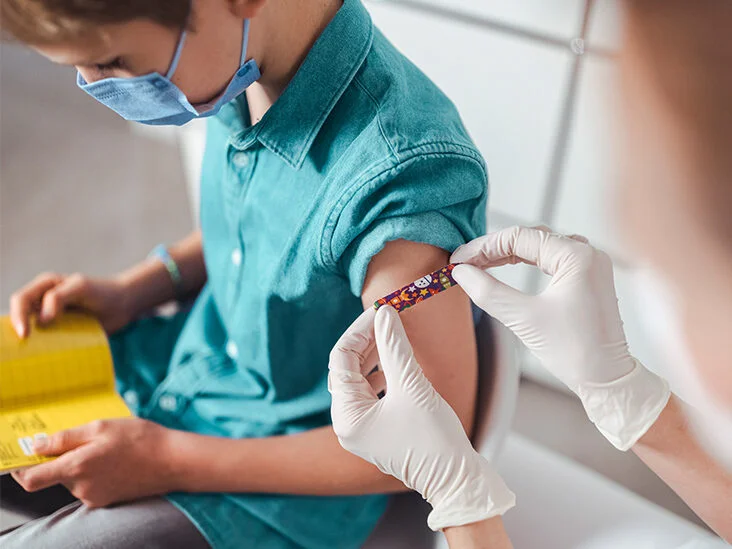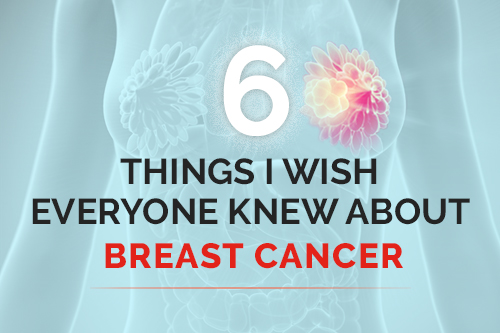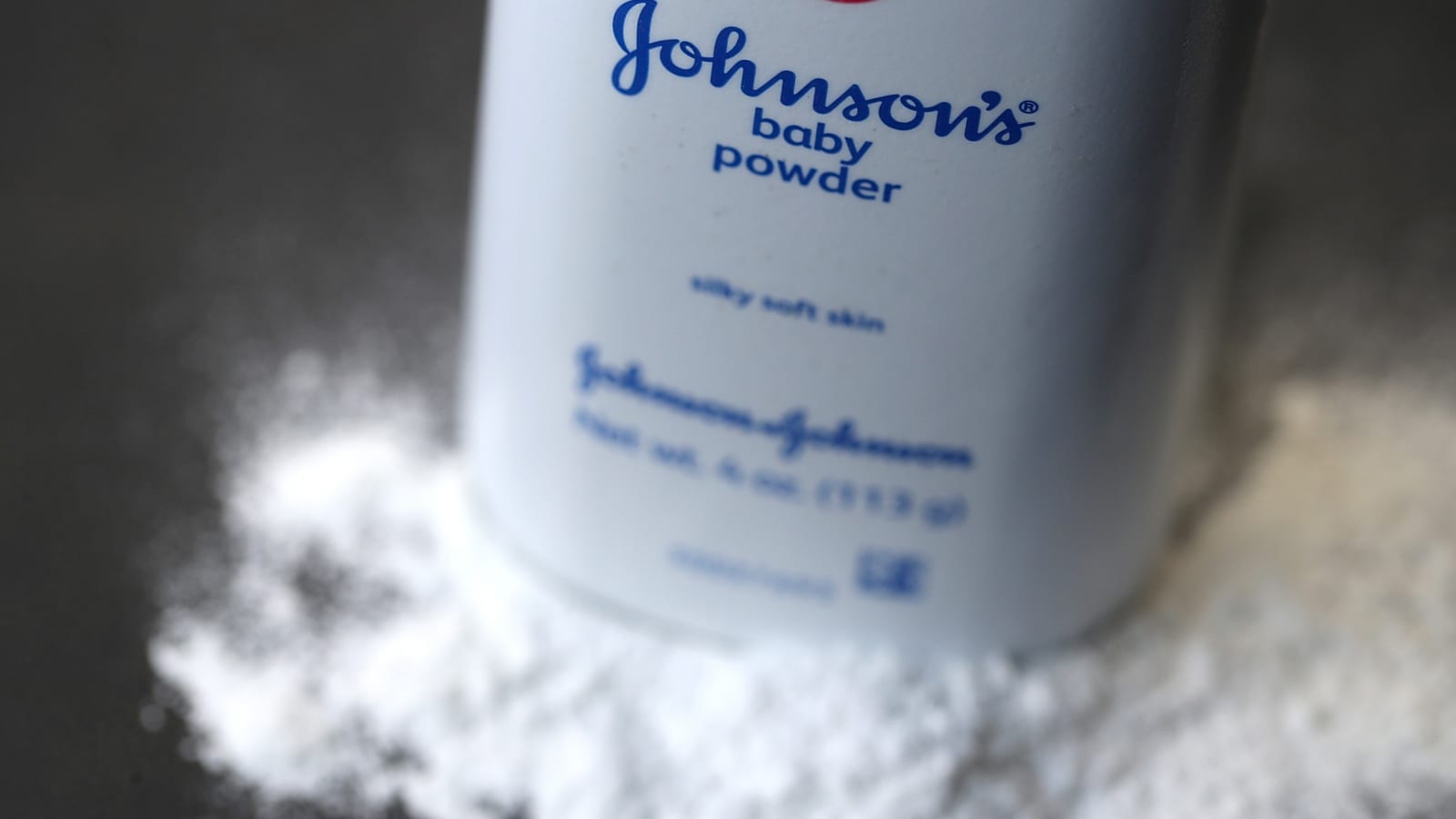So, dear readers, are you ready for a sprinkle of mRNA in your daily breast milk cocktail? It seems like the COVID-19 vaccine may have a secret recipe twist for lactating mothers. But hey, who needs to know the full ingredient list anyway, right? More on this below. Keep reading for your daily dose of vaccine surprises.
The global vaccination drive against COVID-19 has been a crucial step in combatting the pandemic. However, recent revelations have raised concerns about the presence of mRNA from the vaccines in breast milk. This article explores the findings of a new study, shedding light on the migration of vaccine mRNA into breast milk and its potential implications for lactating mothers and infants.
Understanding the Study’s Results
mRNA Detected in Breast Milk
A recent study, led by scientist John Campbell, Ph.D, has exposed alarming findings. The research demonstrated that mRNA from COVID-19 vaccines can be detected in the breast milk of vaccinated mothers. Notably, this presence persists for at least 48 hours after vaccination.
Consistency with Prior Research
Campbell’s study affirms previous research, leaving little room for debate on this matter. The research shows that synthetic mRNA lipid nanoparticles can reach the mammary glands via the bloodstream or lymphatic system, ultimately ending up in breast milk. This discovery raises questions about the effects of this mRNA on infants, an area that warrants further investigation.
Initial Assurance and Regulatory Oversight
Reassurances from Regulatory Bodies
Initially, regulators, public officials, and healthcare practitioners assured the public that mRNA from the vaccine would remain localized at the injection site. Statements from organizations like the Academy of Breastfeeding Medicine (ABM) and the American College of Obstetrics and Gynecology supported this view. They asserted that the vaccine lipid was unlikely to enter the bloodstream and reach breast tissue, thereby minimizing the likelihood of mRNA transfer into milk.
The Discrepancy
However, as Campbell points out, this assurance was misplaced. The size of the lipid nanoparticles in the vaccine made it highly probable that they would be distributed throughout the body, including the breasts. This oversight has left many individuals, like Campbell himself, questioning their decision to get vaccinated, especially considering that initial trials excluded breastfeeding mothers, pregnant women, and infants.

The Mechanism of mRNA in Breast Milk
Hijacking Genetic Communication
Campbell’s study presents an illustration of how synthetic mRNA can “hijack” the natural process of genetic communication within the body. The process involves several steps:
- Synthetic mRNA is packaged into extracellular vesicles (EVs), mimicking the body’s natural lipid nanoparticles found in breast milk.
- These nanoparticles enter mammary epithelial cells, responsible for milk production.
- mRNA is released into the cytosol of these cells and may be packaged into EVs or excreted along with breast milk components.
- EVs serve as carriers for the synthetic mRNA, not expressing the spike protein present in the vaccine.
Reduced Efficiency in Breast Milk
The study found that the mRNA in breast milk had a reduced efficiency, ranging from 12% to 25% compared to the original vaccine. This revelation prompts the question of how the mRNA reaches breast tissue, with the most likely answer being systemic absorption.
Unanswered Questions and Future Research
Potential Health Risks
Campbell’s concerns extend to the biodistribution of lipid nanoparticles in the body. There’s a possibility that these nanoparticles could reach vital organs, leading to autoimmune responses or inflammatory reactions. This concern challenges the current trajectory of mRNA vaccine manufacturing.
Subheading: The Need for Further Investigation
To address these concerns, large-scale epidemiological surveys are essential. Organizations like the Centers for Disease Control and Prevention and the U.K.’s Medicines and Healthcare Products Regulatory Agency should conduct comprehensive research to assess the risks associated with the systemic distribution of vaccines.
Conclusion
As we navigate the complexities of vaccination, especially for breastfeeding mothers, it’s crucial to recognize the evolving landscape of knowledge. The presence of mRNA in breast milk raises significant questions about its safety and potential impacts on infants. Transparency and continued research are imperative to ensure the well-being of both mothers and their babies. Healthcare workers should engage in candid discussions with lactating mothers to provide informed guidance, and manufacturers must address concerns regarding the systemic distribution of lipid nanoparticles in their products. Let us proceed with humility, acknowledging that our understanding of these matters is ever-evolving, and the health of our communities depends on robust research and informed decision-making.
Free Speech and Alternative Media are under attack by the Deep State. Real News Cast needs reader support to survive. Please Contribute via GoGetFunding




One thought on “Is Your COVID-19 Vaccine Spicing Up Your Breast Milk Recipe? Unveiling the Secrets!”
Comments are closed.